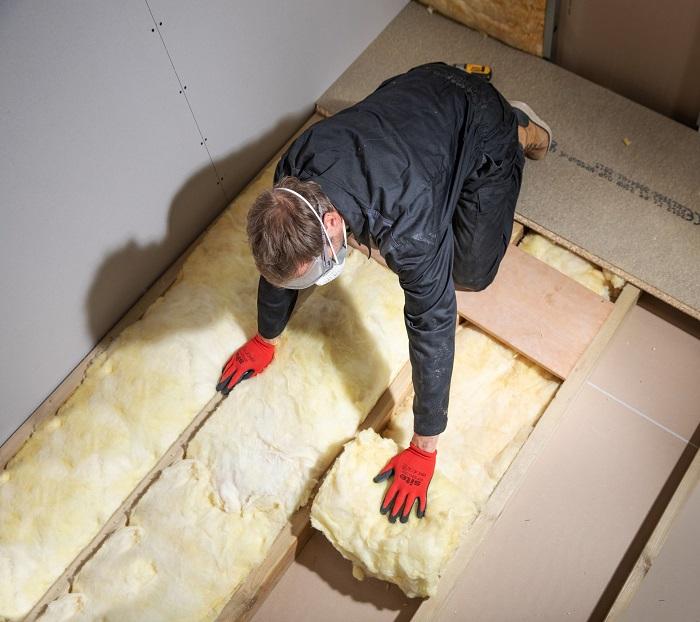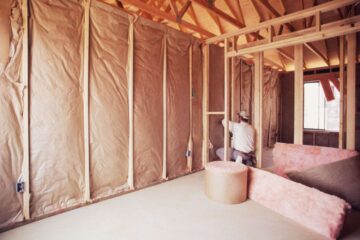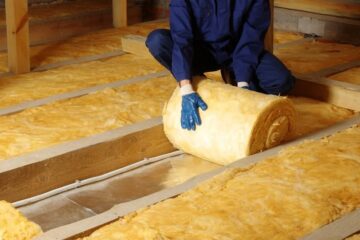Modern building science has elevated glass wool insulation from a simple thermal barrier to a sophisticated building envelope solution. This advanced material, produced through a precision-engineered process of spinning recycled glass into microfibers, represents a convergence of performance and sustainability that is transforming construction practices globally.
The thermal dynamics of glass wool insulation reveal its engineering brilliance. Each cubic inch contains approximately 200,000 glass fibers arranged in a complex three-dimensional matrix, creating over 10 million air pockets per square foot. This intricate structure achieves thermal resistances (R-values) between R-3.1 to R-4.3 per inch, outperforming many conventional insulation materials. The fibers’ random orientation disrupts all three heat transfer mechanisms – conduction, convection, and radiation – making it exceptionally effective in diverse climatic conditions.

Acoustic performance reaches new levels with glass wool’s sound absorption coefficients of 0.9-1.0 across critical frequency ranges. The material’s unique open-cell structure acts as an acoustic waveguide, converting sound energy into negligible heat through viscous friction within the fiber network. This makes it particularly effective for:
- STC (Sound Transmission Class) ratings up to 55 in wall assemblies
- Impact noise reduction in floor/ceiling systems
- Echo control in large commercial spaces
Fire safety engineering benefits from glass wool’s inorganic composition, which provides:
- Non-combustible performance per ASTM E136
- Zero flame spread index
- Smoke development rating of 0
- Melting point exceeding 1000°C (1832°F)
From a sustainability perspective, modern glass wool production demonstrates remarkable eco-efficiency:
- 80%+ post-consumer recycled content
- 60% lower embodied energy than mineral wool alternatives
- Fully recyclable at end-of-service life
- Contributes to 7+ LEED credit categories
Installation innovations include:
- Hydrophobic formulations resisting moisture absorption
- Compression-resistant batts maintaining long-term R-value
- Formaldehyde-free binders for improved indoor air quality
- High-density variants for exterior continuous insulation
As building codes adopt more stringent energy and environmental standards, glass wool insulation continues to evolve with nanotechnology-enhanced fibers and bio-based binders. Its multifaceted performance profile – combining thermal physics, acoustical engineering, fire protection, and material sustainability – makes it an indispensable component in high-performance building systems targeting net-zero energy and carbon neutrality goals.


